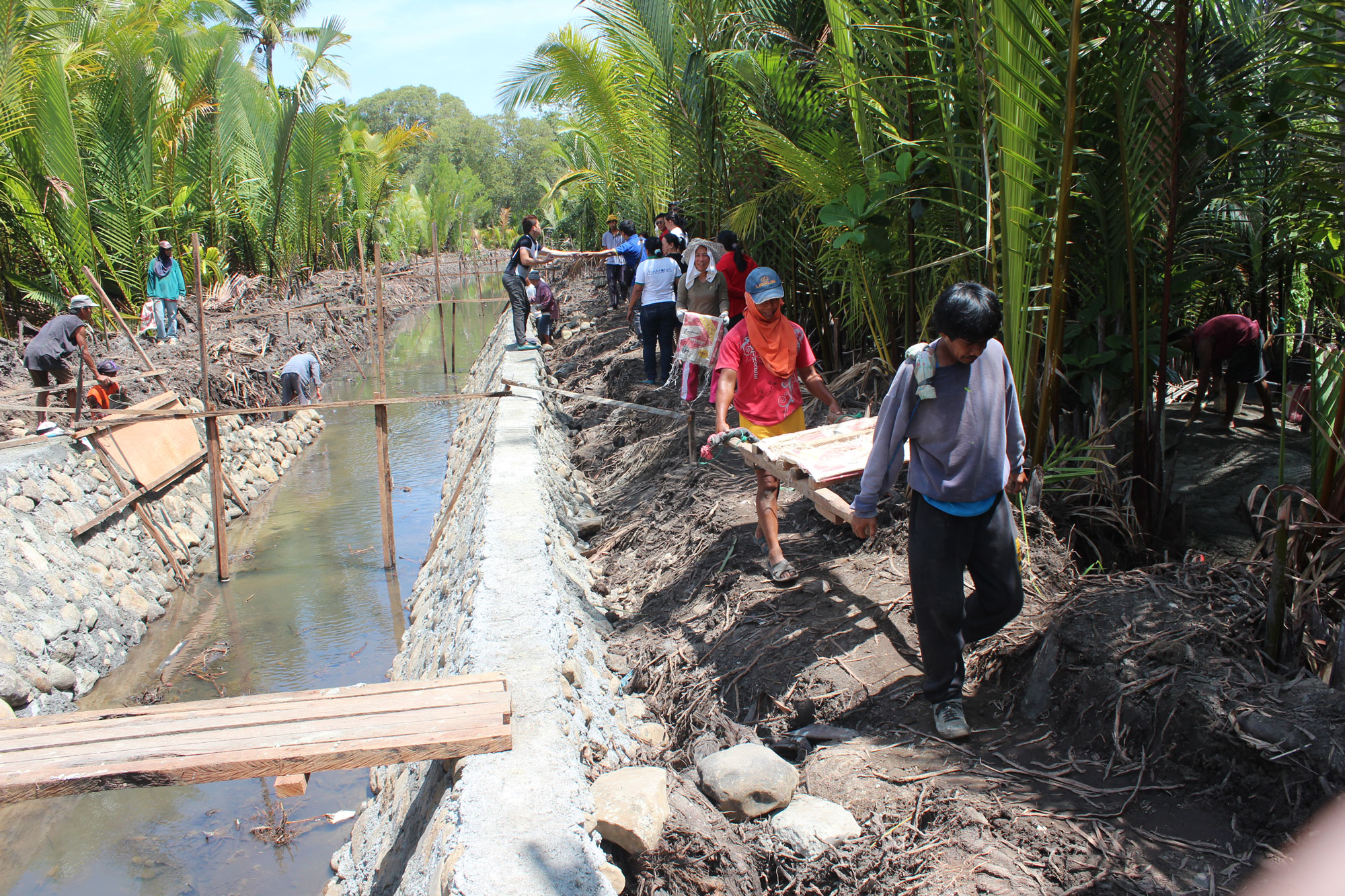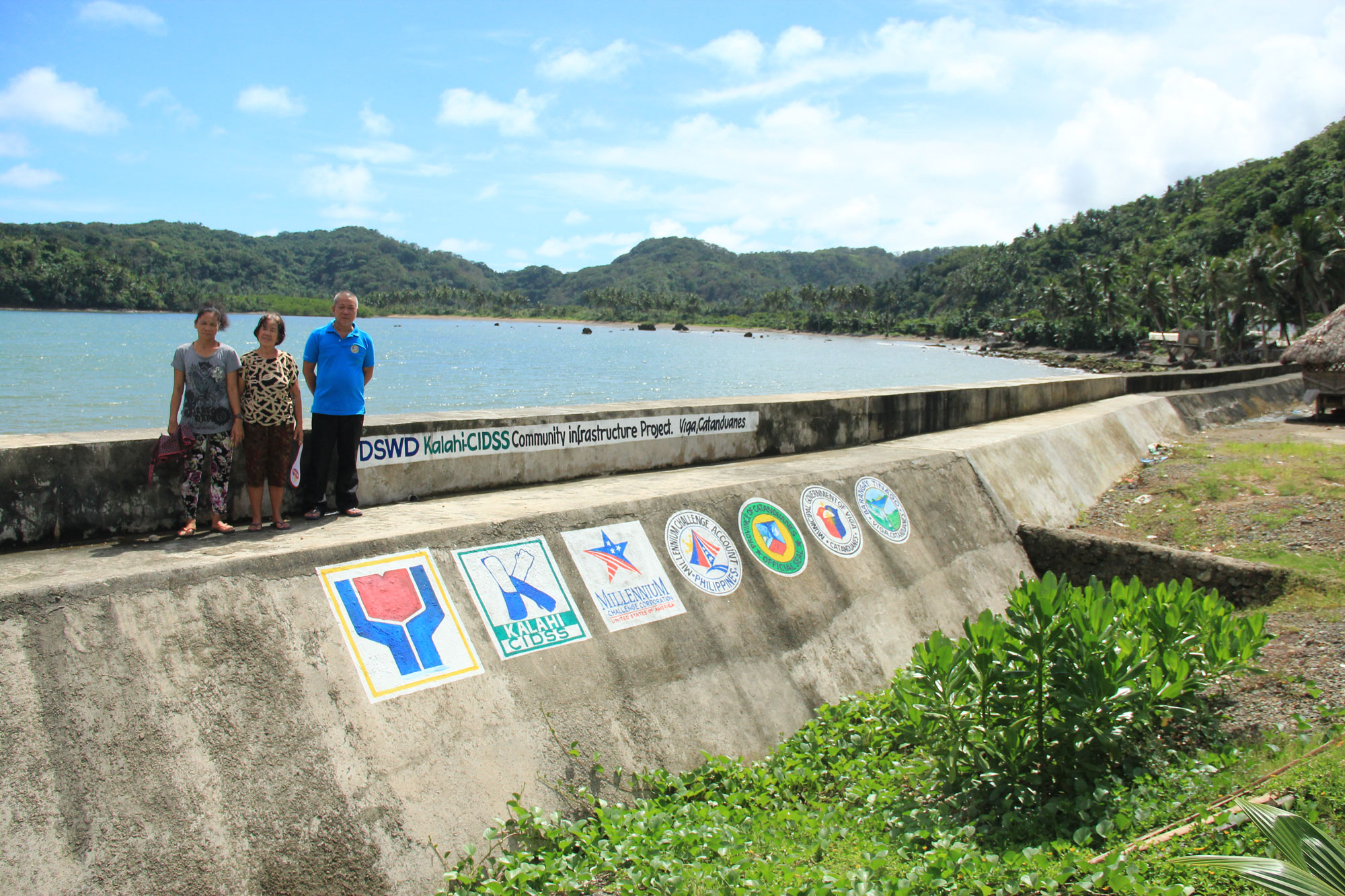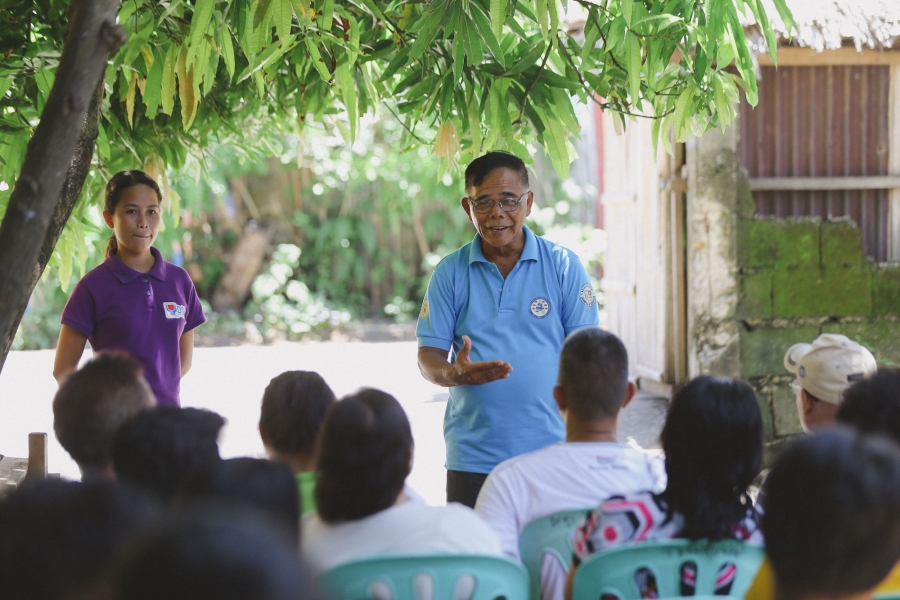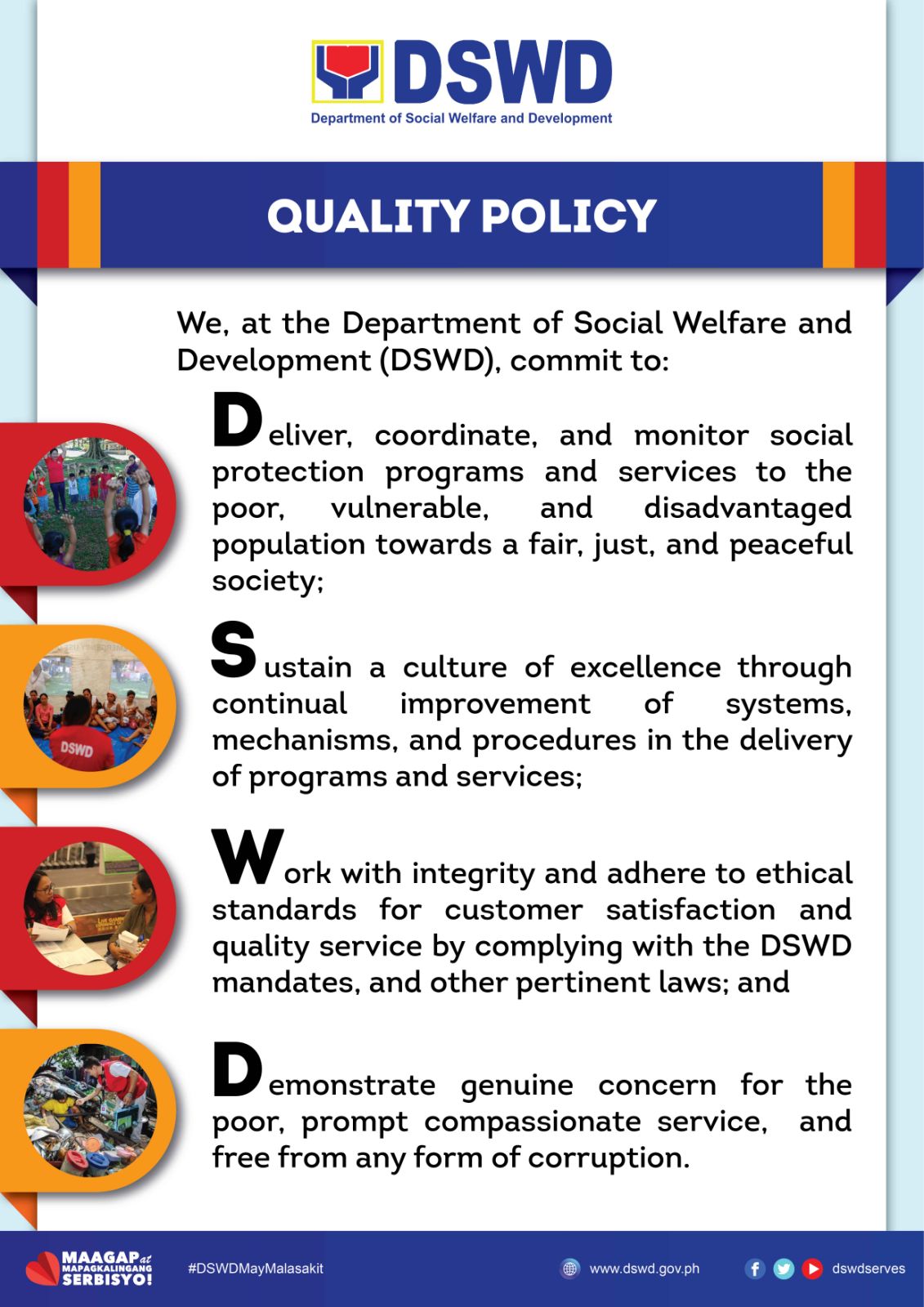KALAHI-CIDSS and CDD
The CDD approach used by KALAHI-CIDSS to implement its different modalities is an internationally-recognized development model that gives community members control over the development process, decision-making, and resource management. It operates under the principles of participation, transparency, and accountability.
Under the principle of participation, community members are empowered to meaningfully participate in all stages and aspects of local development.

Barangay and community assemblies lie at the core of KALAHI-CIDSS. Through them, community members are able to meaningfully participate and actively take part in the development and decision-making process for their respective communities.
Under the principle of transparency, all stages of the development process, from planning, to implementation, up to monitoring and evaluation, is open to the scrutiny of the community. Through this, communities are empowered to become active in local governance and development.

In KALAHI-CIDSS community members take part in monitoring and evaluation of the community subprojects that they themselves identified and implemented. Through this process, the community ensures that their subproject’s outputs are up to the specifications and cost parameters that they laid out.
Under the principle of accountability, KALAHI-CIDSS through CDD has an effective grievance and redress mechanism wherein community members can raise not only their grievances and concerns but also their suggestions to improve CDD’s implementation in their community. This is a natural offshoot of transparency.

Community members gather to discuss and resolve their grievances and other concerns. Through this mechanism, community members become accountable for their actions. It also helps the community improve the implementation of CDD and KALAHI-CIDSS in their community.
With these elements, KALAHI-CIDSS empowers community members to play an active role in charting the development path of their community. They are also empowered to become innovators and leaders in their own respective communities.
KALAHI-CIDSS and Capacity Building
The CDD approach implemented by all KALAHI-CIDSS modalities puts community members at the center of the development process. The program banks on the empowerment of community members to successfully deliver much-needed social services to poor, vulnerable, marginalized, and geographically-isolated communities.
To successfully empower community members, KALAHI-CIDSS provides various capacity-building opportunities.
These interventions empower community members to develop methods and tools that would help them identify and better understand their community’s most immediate social service needs.

A key part of the social preparation process in KALAHI-CIDSS is the capacity-building of community members. Part of this process is helping community members in identifying and understanding their community’s needs. Through this, community members are able prioritize and address their most immediate needs.
Helping community members in identifying and understanding their community’s needs is only the first step in the development process espoused by KALAHI-CIDSS.
By better understanding their community’s needs, community members are empowered to identify and propose solutions and interventions aimed at addressing these needs. Subsequently, KALAHI-CIDSS further empowers community members to enable them to become adept at project planning, management, and implementation.

Community members in KALAHI-CIDSS municipalities receive capacity building interventions to equip them with the necessary skills to plan, implement, and monitor community subprojects.
In building community members’ capacities in project planning and management, they are empowered not only to take part, but also to lead the implementation of community subprojects that they themselves have identified through the help of KALAHI-CIDSS.
Under a KALAHI-CIDSS implementation, the community members lead in planning and implementation of their identified community subproject. These include all procurement and budgeting processes. Project monitoring and evaluation are also actively participated in by community members.
Further, KALAHI-CIDSS prioritizes community members themselves in possible employment opportunities arising from the subproject implementation. As such, the community members themselves serve as skilled and unskilled laborers with KALAHI-CIDSS providing the necessary skills and technical training to enable them to perform such tasks.

Community members are provided employment opportunities during subproject implementation. Under KALAHI-CIDSS the community is also involved in the actual construction of subprojects.
KALAHI-CIDSS and Good Governance
Through active and empowered citizens, KALAHI-CIDSS is able to achieve good governance.
KALAHI-CIDSS is able to deliver the appropriate social services to communities effectively and efficiently. As a consequence, subprojects completed under KALAHI-CIDSS have a greater impact on the community because the subprojects themselves are exactly what the community needs at that time.
Moreover, community subprojects implemented through KALAHI-CIDSS are not only delivered on time, they are completed within the approved cost parameters.

KALAHI-CIDSS helps communities to alleviate poverty through community grants that help them gain the exact social services that they need in order to achieve development. Through empowered communities, KALAHI-CIDSS promotes inclusive and sustainable growth.
There are also badges of good governance in the form of transparent and participatory local development processes that give community members not just a voice, but also a means to tangibly contribute to their community’s development.
Another badge of good governance is the sustainability and longevity of implemented subprojects. This sustainability is achieved through an established operations and maintenance plan that the community members themselves implement.
This is further bolstered by the attachment of community members to the subprojects implemented in their communities. Having been actively involved since the subproject’s inception up until its operation and maintenance, community members gain a sense of ownership over the subprojects in their community. This sense of ownership helps community members in taking better care of government projects, thereby extending its longevity.
KALAHI-CIDSS and Basic Social Services
KALAHI-CIDSS focuses on poor, vulnerable, geographically-isolated, and marginalized communities. The program gives these communities the power to help themselves grow and develop by providing social services that would otherwise be unavailable to them.
Having empowered community members to identify, plan, implement, manage, and evaluate community-based subprojects, communities themselves are able to deliver the specific social services that they need through the help of the program.
KALAHI-CIDSS is not, and has never been, an infrastructure program. Its primary purpose is to empower communities so that they can chart their own paths towards development.
Consequently, the countless infrastructures built under KALAHI-CIDSS are only byproducts of the program’s main objective. This is why they are called subprojects. The main project is community empowerment.
The social services that KALAHI-CIDSS provides are a means to help achieve inclusive and sustainable growth. It builds the capacities of the people because KALAHI-CIDSS believes that genuine development comes from the people.





